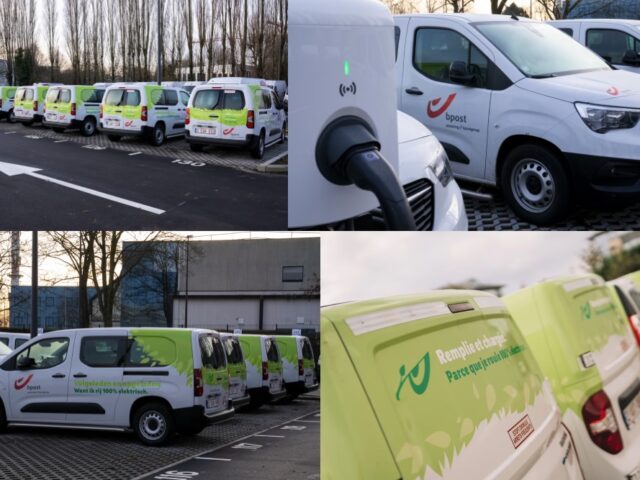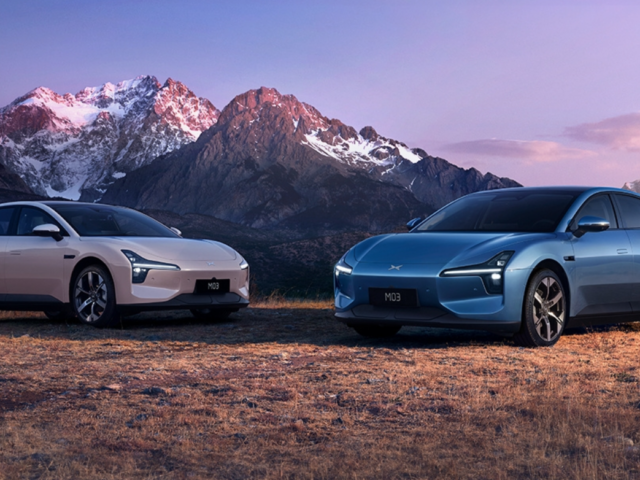The Netherlands is going to reverse the maximum speed limit on highways during the day from 100 to 130 km/hour, the new government coalition with the PVV party of Geert Wilders, NSC, BBB, and the VVD party of ex-premier Mark Rutte vowed. But this will nullify in one blow the gain in emission reduction of half a million EVs introduced in the last five years, TNO experts say.
Mark Rutte called it a ‘lousy measure’ when introducing the new limit at the beginning of 2020 reluctantly and promised to undo it as soon as possible. But this will have a negative effect of 17% more CO2 emissions and 36% more nitrogen, experts told newspaper Trouw.
Building stop
That newspaper was remarkably one of the first with De Groene Amsterdammer to question the efficiency of that measure back in November 2020. They wrote that one turkey farmer with 24,000 animals produces more nitrogen emissions in one year than the speed limit measure in the whole of the Netherlands saves. The ‘storm’ around the ‘questionable measure’ never died down.
The Rutte III government said the measure was indispensable to ‘unlock’ the country’s building sector. In May 20219, 18,000 building projects stopped after the Dutch State’s Council decided that the government’s nitrogen (NOx) norms were contrary to European legislation for protecting sensitive nature.
The verdict caused projects like road construction, building houses, factories, or new stables near these areas to be halted on the fly, as they had to prove first how they would compensate for the nitrogen emissions they were causing. Since then, some 18,000 projects have been suspended and have been waiting for a permit until new government measures cleared the way.
36% more NOx
Now, researchers from the Dutch Technology Institute TNO have calculated that cars emit 36% more NOx on highways at 130 km/hour than on roads with a 100 km/hour speed limit. Norbert Ligterink, chief researcher of traffic emissions at TNO, estimates the total to be two kilotons extra by reversing the speed limit measure.
That’s not gigantic compared to the Netherlands’ total nitrogen emissions, where agriculture (with ammonia) accounts for half of the total and traffic for 20 to 30%. But Ligterink warns that the Netherlands must still reduce nitrogen emissions to prevent a new building stop. There is no room for increase.
“It seems little, but each kilometer of highway where 130 km/hour is allowed instead of 100 km/hour is yearly equal to the nitrogen emissions of building a hundred new houses,” he adds. He presumes that it will increase the pressure on farmers who already suffer under the strict standards.
The equivalent of half a million ICE cars
When looking at CO2 emissions, going back to 130 km/hour will add 17% more or some 240 kilotons. That 240 kilotons is next to nothing compared to the total CO2 emissions today, only 0.15%. However, 240 kilotons is the volume that half a million (ICE) passenger cars emit yearly.
“Each year, some 100,000 new EVs are registered in the Netherlands,” Ligterink says. “By reintroducing the 130 km/hour speed limit, you’re actually going five years back in time.” He warns that the CO2 emission reduction achieved in the last five years by subsidizing electric cars with tax money will be nullified in one blow.




Comments
Ready to join the conversation?
You must be an active subscriber to leave a comment.
Subscribe Today